When I think of New York (which might be more often than the average person), I’m almost always reminded of one of the city’s most iconic designers: Donna Karan. Strangely enough, it was through yet another recent foray into fashion history that I discovered that before the Second World War, New York’s fashion designers were almost never known by their own names, and often did not even get to fully design their own clothes.
Before the Fall of France in June 1940, the New York fashion industry relied almost entirely on couture designers from Paris. Each year, hundreds of representatives of the New York fashion industry travelled to Paris to view seasonal openings. They purchased sample garments and brought them back to New York to be “adapted” by unnamed American designers and mass produced at a cheaper price.
Essentially, nearly all that was for sale for American women was, in some way, copied from the original designs of Parisian couturiers.
According to Virginia Pope, New York Times fashion editor, “it seemed almost useless for people anywhere else to make a dramatic gesture towards originality when there was Paris to dictate. Who would have listened to any other voice but that that of the maîtres whose performance was so adequate?”
The New York Times devoted plenty of publishing space to reviews of both foreign and domestic fashion shows in the pre-war period, but did not hesitate to heap compliments on Parisian designers while informing which “adaptations” were available in New York’s boutiques. Not to completely deride the work of American designers, the New York Times called this practice, “an art in itself.”
In short, leading up to the war, America took its cues for design entirely from Paris, and very infrequently did members of the industry attempt to position themselves as major fashion houses on par with those across the ocean. Even American Vogue had done little more than offer an Americana issue every few years.
In fact, designers who created pieces for major stores like Bergdorf Goodman or Lord &Taylor were almost never recognized by name. Retailers wanted consumers to identify with the brand name, rather than individuals. Designers faded into the background, unknown.
When the so-called “phony war” lifted in Europe, and France fell during the Occupation, the New York fashion industry demonstrated a concerted effort to poise itself as the new fashion capital of the world.
However, this determination was not shared by all at the outset. Because fashion in America was based on business, people in the industry realized that attempting to design original pieces without Parisian influence could be a disaster. The Fashion Group, founded in 1932 and headed by Vogue editor, Edna Woolman Chase, met in 1940 to discuss the future of New York fashion.
The Fashion Group was comprised of executives in the industry who decided that the Fall of France would be used to promote American fashion, in the hopes that New York could eventually claim that it, alone, knew what American women wanted.
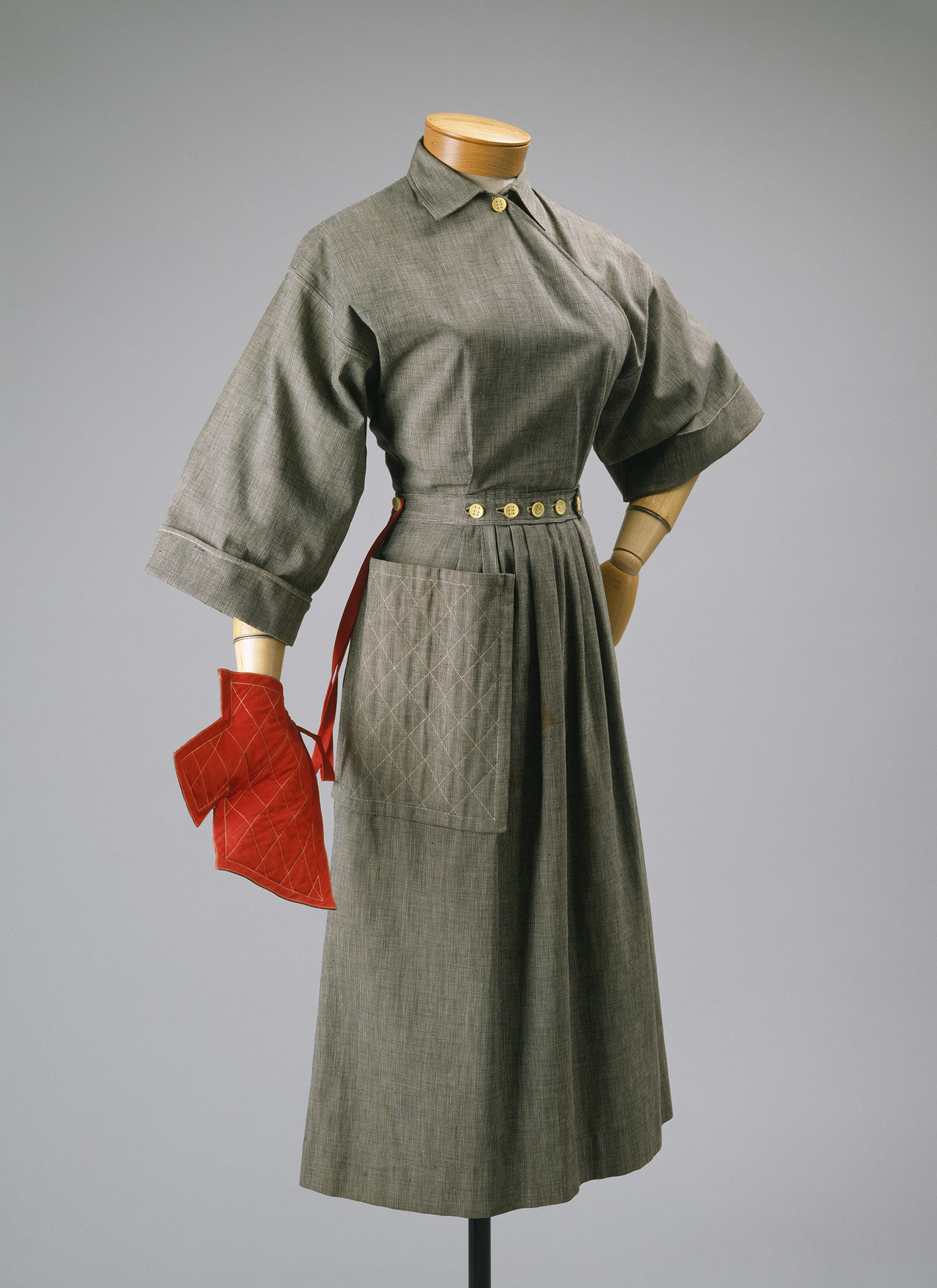
Claire McCardell emerged as one of the top American designers during the war, and her star continued to rise through the 1950s. The “Pop-Over” is one of her most iconic designs.
Henceforth, the New York fashion industry made many efforts to poise itself as fashion capital of the world.
Wartime patriotism allowed American designers to create clothing that was lauded for its practicality and allowed consumers to “Buy American.” In addition, New York mayor Fiorello La Guardia worked tirelessly at promoting New York fashion, knowing that this could be his city’s chance at becoming the fashion capital of the world (and coveted spot that could also earn the industry a lot of money).
By 1944, the emergence of New York designers was such a success that American publications supported American designers as they had never done in the pre-war period. In fact, department stores and publications argued over who had promoted American designers first and best.
It was the transformative nature of the Second World War that allowed American designers to step into the spotlight, allowing certain previously-named designers to become identified as quintessentially “New York.”
Have a question about fashion history?
Comment here below, e-mail me, or share it with us on our Twitter page and Facebook page!
Carla-Jean
carla@nowthatslingerie.com
References & Image Sources
“Clothes: Home Styles,” Time, August 19, 1940.
“American Design Leads Style Show,” New York Times, September 7, 1939, 24; Virginia Pope, “The Fashion Capital Moves Across the Seas,” New York Times, August 18, 1940, 92.
Virginia Pope, “The Fashion Capital Moves Across the Seas,” New York Times, August 18, 1940, 92.
“American Designers: U.S Public is Getting to Know Them By Name,” Life, May 8, 1944; Virginia Pope, “The Fashion Capital Moves Across the Seas,” New York Times, August 18, 1940, 92.
“Silhouette Varies in New Style Show,” New York Times, August 23, 1940, 11;
Elizabeth Duval, “New York Decrees,” New York Times, September 15, 1940, 112.
Rebecca Arnold, The American Look: Fashion, Sportswear and the Image of Women in 1930s and 1940s New York(London, New York: I.B Tauris, 2009), 136.
Sandra Buckland, “Promoting American Designers, 1940-1944: Building our Own House,” 118.
Photo References:
Claire McCardell’s Pop-Over Dress, image from the MET Museum:
http://www.metmuseum.org/toah/works-of-art/C.I.45.71.2ab
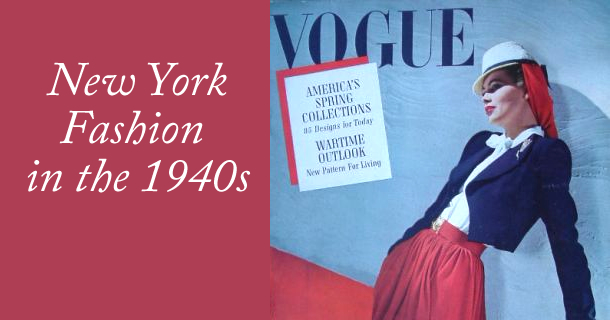
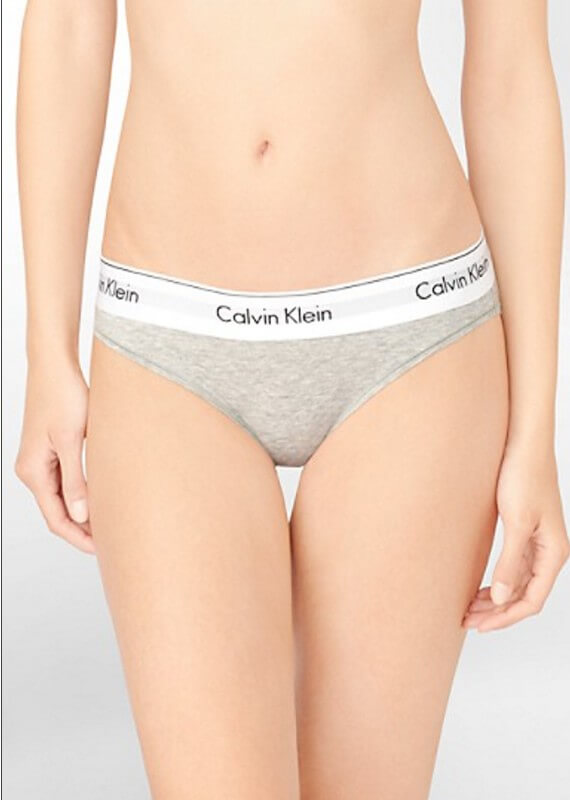
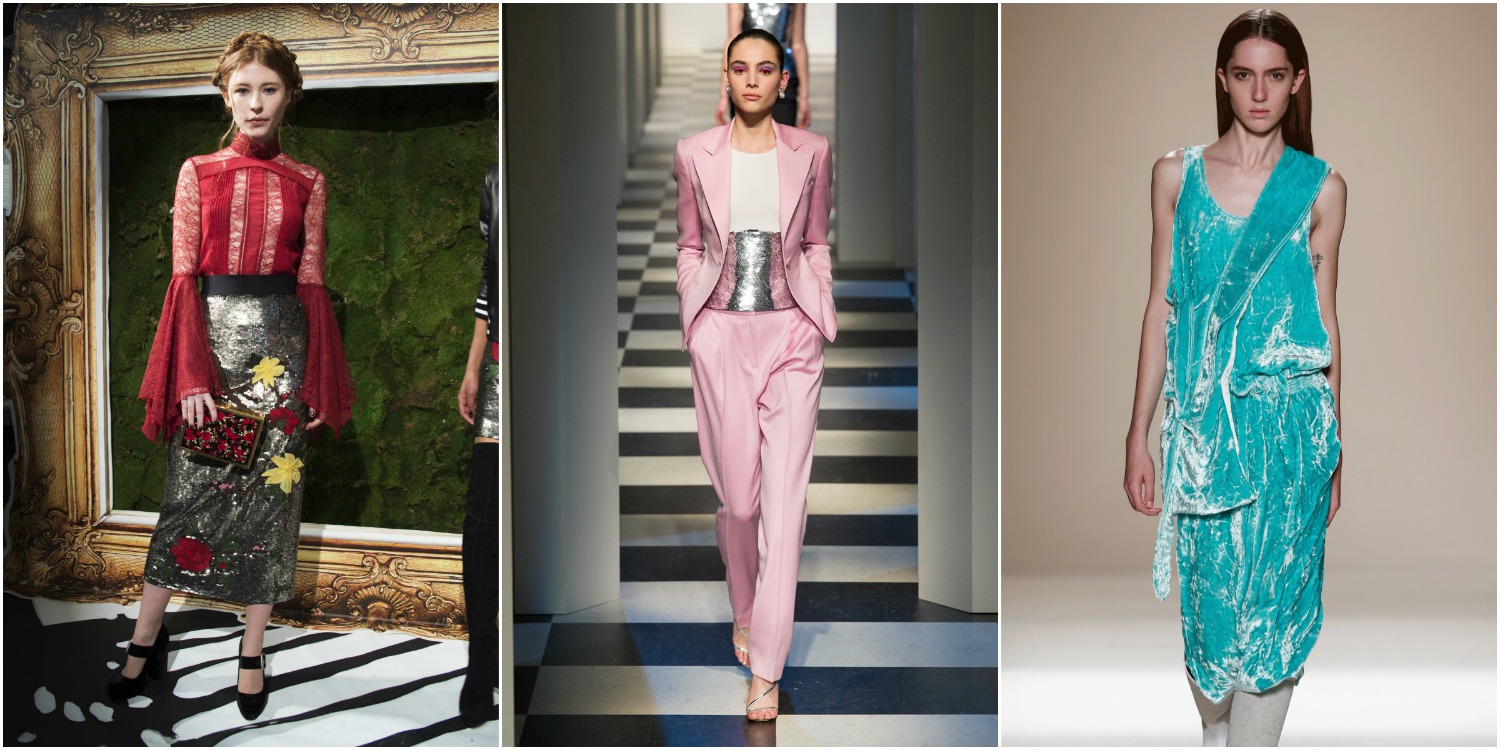
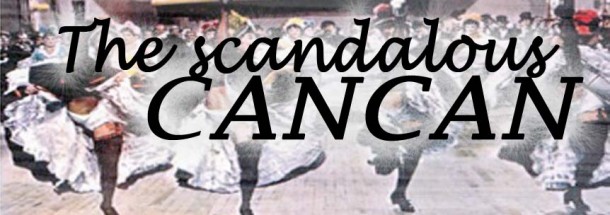
Leave a Comment